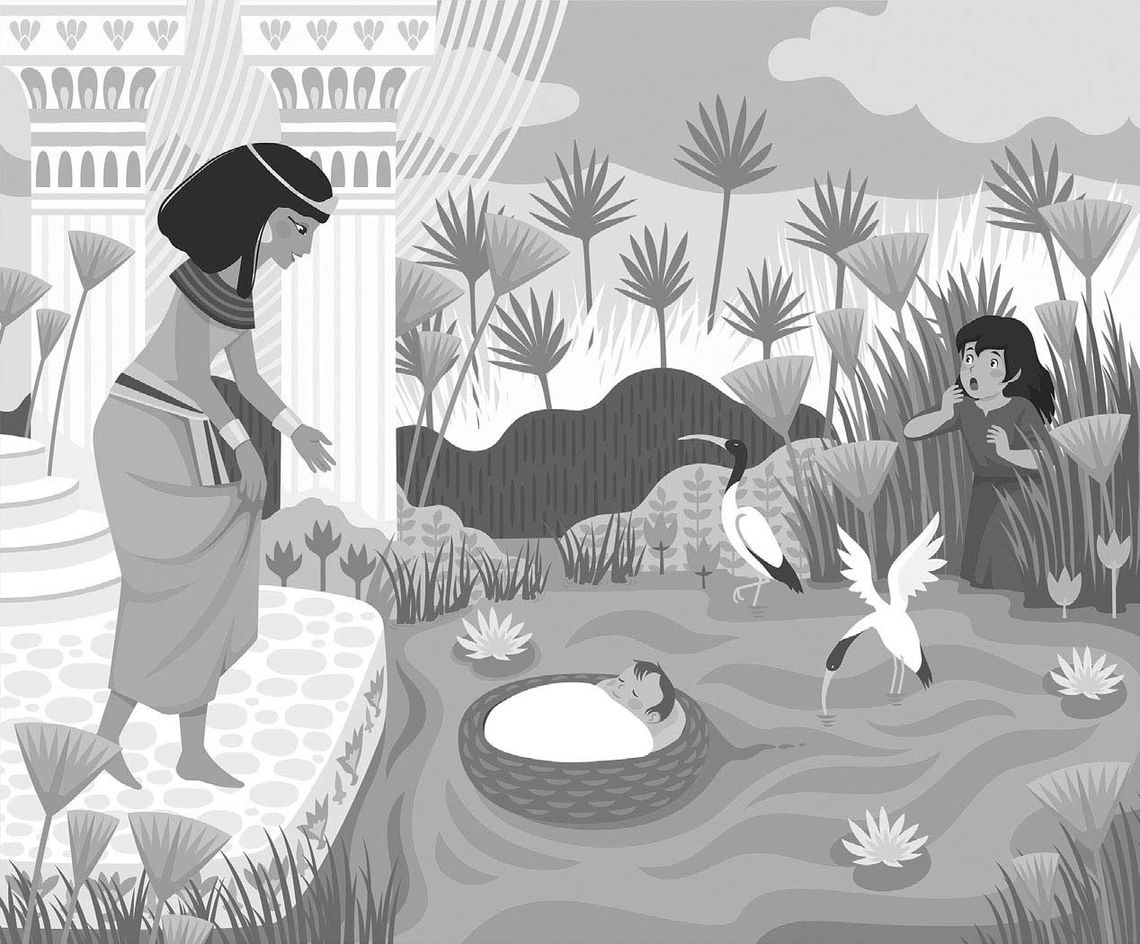DELIBERATELY DIVERSE | by Francis Sorrow
Deliberately Diverse represents the individual thoughts and opinions of a group of Taylor friends who almost never entirely agree on anything, but appreciate the opportunity to share opinions and discussions in our beloved community.
Today’s column is by Frances Sorrow, a longtime resident of Taylor and an amateur historian. This column does not represent the opinions of Taylor Press.
Bat Yah’s name is almost unknown. But almost everyone in the western world knows the story of the daughter of Pharaoh drawing the infant Moses from a basket floating in the Nile, she goes on to adopt him and called him Moses. She made a clever pun from the Hebrew word to “draw out.”
So why do I call her Bat Yah? She is never named in the Five Books of Moses, and she never reappears in them after naming the child, which she doesn’t do until after he is weaned by his birth mother.
Jewish tradition has a few stories about her. In Exodus 2:6, she showed compassion on him.
Think about it. She recognized a foreigner, a Hebrew baby boy, who her father had condemned to death, but showed compassion and adopted him.
Our tradition holds that God recognized her action and compassion in two ways. First, she was the only Egyptian firstborn to be spared from the 10th plague, which killed all other Egyptian firstborns.
Second, she was one of only nine humans who “walked with God” without dying. Two of these were women, Serah bat Asher and the daughter of Pharaoh. Both were blessed in this way for their compassion to others.
This daughter was given her Hebrew name when she left Egypt with the Israelites.
Although the Five Books of Moses don’t name her, 1 Chronicles 4:18 does so. It says, “Bat Yah, daughter of Pharaoh, married Mered and had three sons. Many historians now admit that Moses is an Egyptian word for son, and was part of many royal names such as Thutmose and Ahmose.”
His name was one of the clues Sigmund Freud used in his theory that Moses was truly an Egyptian prince. This is described in his “Moses and Monitheism.”
Briefly, the ancients had many “rags to riches” stories.
The basic outline, a royal baby is born and is either given away or apparently disposed of. He Is rescued by a commoner and he returns as a king. Freud thought these stories were used to legitimize a commoner who became king.
Freud wrote that the Hebrews, distressed that their greatest hero was an Egyptian prince, reversed the plot. Therefore, a slave baby is born, he is reared as a royal prince, but he returns to liberate his slave kin.
Either way, it’s a compelling story for the ages.





